Rising Demand for Dairy Products
The Dairy Processing Equipment Market is experiencing a notable surge in demand for dairy products, driven by changing consumer preferences and dietary habits. As health consciousness rises, consumers increasingly seek nutritious options, leading to a higher consumption of dairy items such as yogurt, cheese, and milk. According to recent data, the dairy sector is projected to grow at a compound annual growth rate of approximately 4.5% over the next few years. This growth necessitates advanced processing equipment to enhance production efficiency and meet quality standards. Consequently, manufacturers are investing in innovative dairy processing technologies to cater to this expanding market, thereby propelling the Dairy Processing Equipment Market forward.
Increasing Focus on Sustainability
Sustainability initiatives are becoming increasingly prominent within the Dairy Processing Equipment Market. As environmental concerns rise, dairy producers are seeking ways to minimize their ecological footprint. This includes adopting energy-efficient equipment and sustainable practices in processing operations. Recent studies indicate that the demand for eco-friendly dairy processing solutions is expected to grow by 5% annually. Manufacturers are responding by developing equipment that reduces water usage and energy consumption, aligning with global sustainability goals. This shift not only meets consumer expectations but also enhances the competitiveness of dairy producers in the market. Thus, sustainability is a key driver influencing the Dairy Processing Equipment Market.
Expansion of Dairy Product Varieties
The diversification of dairy product offerings is a significant driver in the Dairy Processing Equipment Market. As consumer tastes evolve, there is a growing demand for a variety of dairy products, including lactose-free, organic, and specialty cheeses. This trend compels dairy processors to invest in versatile equipment capable of handling different product lines efficiently. Market analysis suggests that the segment for specialty dairy products is expected to grow at a rate of 7% annually, prompting manufacturers to innovate and adapt their processing technologies. Consequently, the need for advanced dairy processing equipment that can accommodate this diversification is becoming increasingly critical in the Dairy Processing Equipment Market.
Regulatory Compliance and Food Safety Standards
Regulatory compliance and adherence to food safety standards are crucial factors influencing the Dairy Processing Equipment Market. Governments and regulatory bodies impose stringent guidelines to ensure the safety and quality of dairy products. This necessitates the use of advanced processing equipment that meets these regulations. The market is witnessing a shift towards equipment that not only complies with safety standards but also enhances traceability and transparency in production processes. As a result, dairy processors are investing in technologies that facilitate compliance, which is projected to drive growth in the Dairy Processing Equipment Market by approximately 4% annually. This focus on safety and compliance underscores the importance of reliable processing equipment in the dairy sector.
Technological Advancements in Processing Equipment
Technological advancements play a pivotal role in shaping the Dairy Processing Equipment Market. Innovations such as automation, smart technologies, and energy-efficient systems are transforming traditional dairy processing methods. For instance, the integration of IoT devices allows for real-time monitoring and control of production processes, enhancing efficiency and reducing waste. Furthermore, the introduction of advanced pasteurization and homogenization techniques ensures product safety and quality. As a result, the market for dairy processing equipment is projected to witness substantial growth, with an estimated increase of 6% annually in the adoption of these technologies. This trend indicates a shift towards more sophisticated processing solutions within the Dairy Processing Equipment Market.


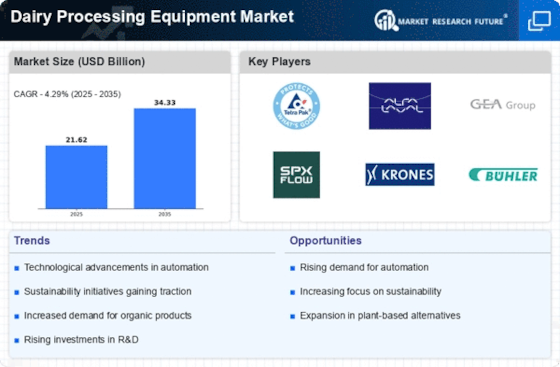
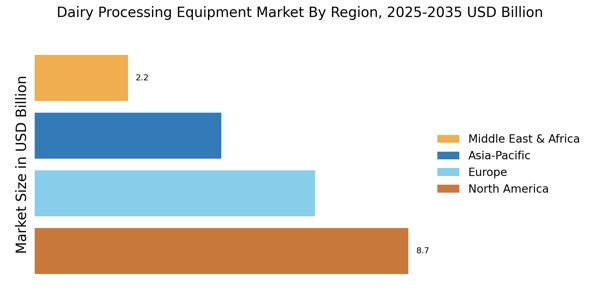
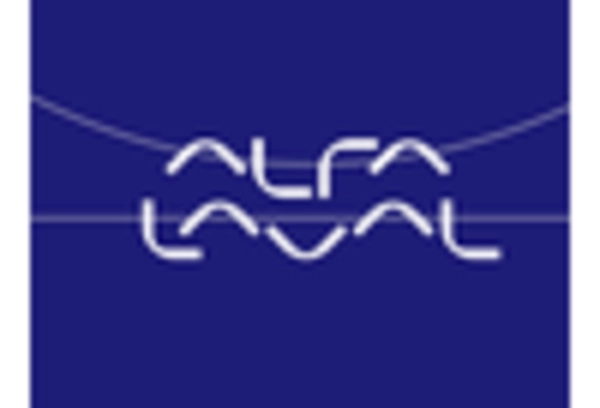
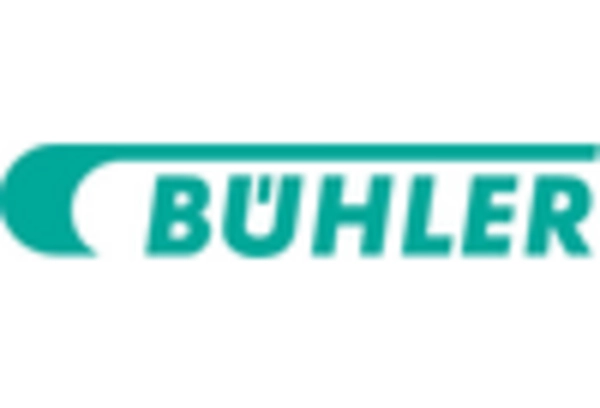
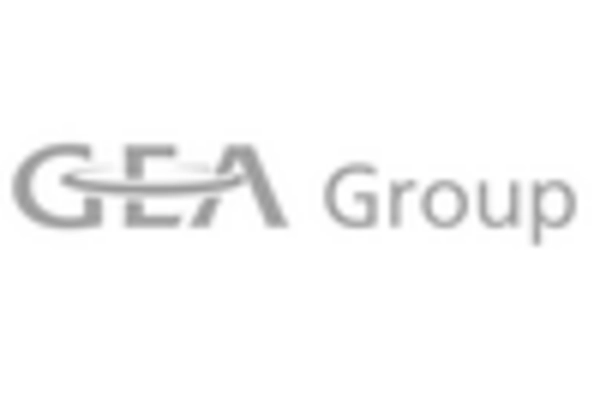
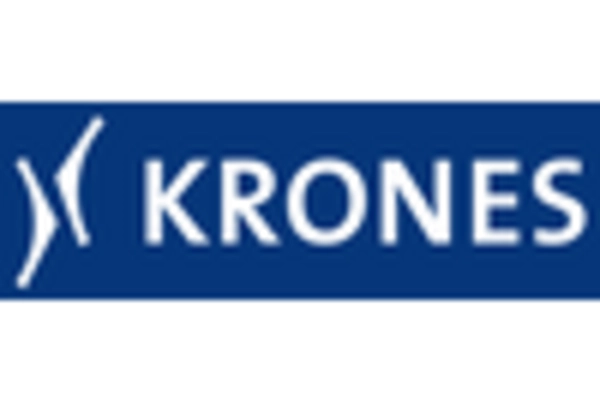
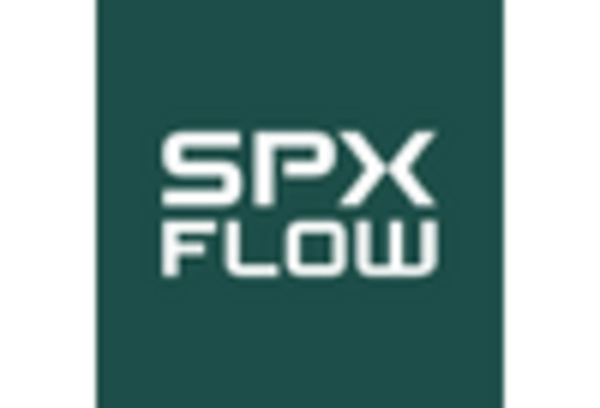
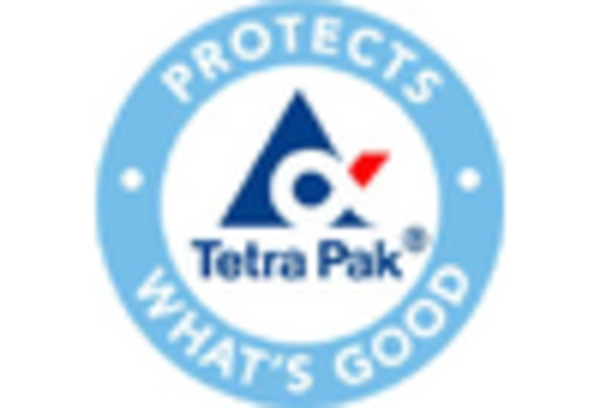








Leave a Comment